Clematis "Kaiser": description, recommendations for cultivation and breeding
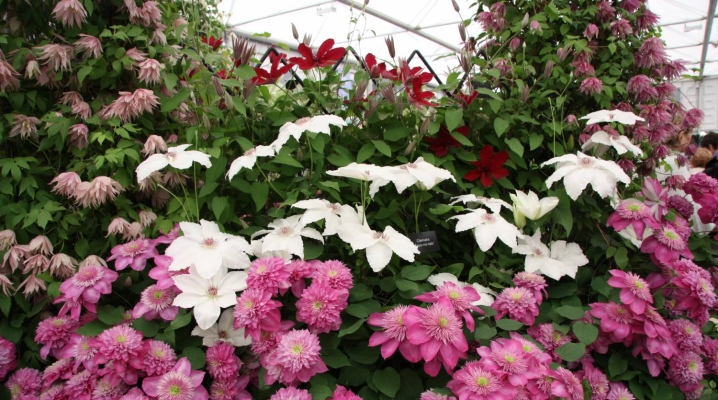
Blooming clematis "Kaiser" is a very beautiful sight. If the gardener needs a bright vertical accent in the design of the site, you should pay attention to this variety. But in order for the plant to show its best side, you need to create comfortable conditions for it, take proper care of it, prevent diseases and pest infestations.


Description
The large-flowered Kaiser hybrid appeared thanks to the work of Japanese breeders in the mid-1990s. But it spread throughout Europe already in the 21st century. This clematis came to Russia only in 2010, therefore it is considered a relatively new variety. It is a profusely blooming liana with large double flowers.
Shoots of "Kaiser" grow on average up to 1.5 m, but under favorable conditions they can reach a height of 2 m.
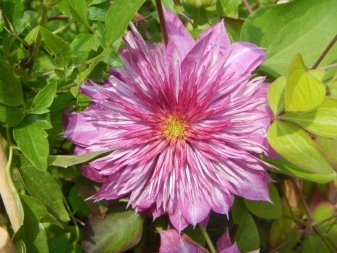

They are densely covered with oval, slightly pointed green leaves, and even without flowers, they perfectly fulfill their role in vertical landscaping, braiding any support, be it a lattice, a fence or stretched ropes.
The flowers of this clematis are worthy of a separate story:
- their average diameter is 13 cm;
- terry, with petals in several rows;
- the color is bright pink, lilac or purple shades are possible;
- the color is gradient, the color tone is enhanced from the center to the lower layer of the petals;
- the middle is greenish-yellow; in cool weather, the central petals can acquire the same shade;
- the shape of the petals in each row is different, in the lower one - wider, towards the center - narrow, almost needle-like.
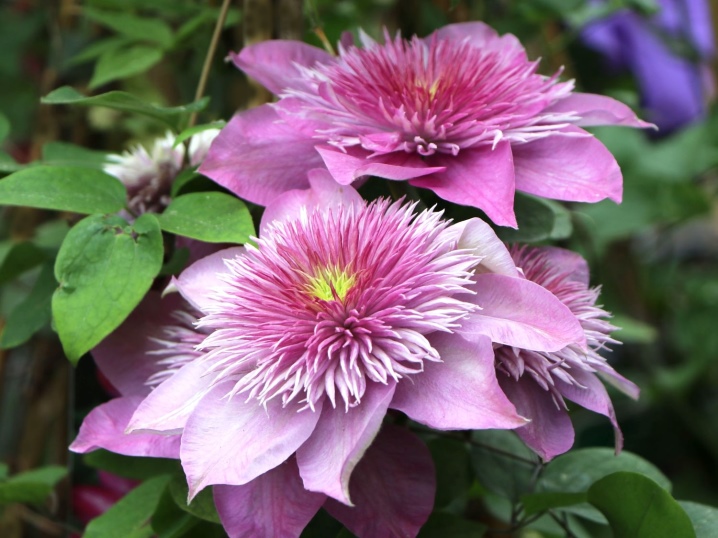
Plus to all of the above - the flowers have a delicate aroma, the more abundant the flowering, the stronger the smell. And this process lasts at the "Kaiser" almost all summer almost without a break. The first wave, when flowers are formed on last year's shoots, can begin as early as May (weather conditions matter here). The flowering of the second wave on new stems is often less massive, but continues from late June to October.
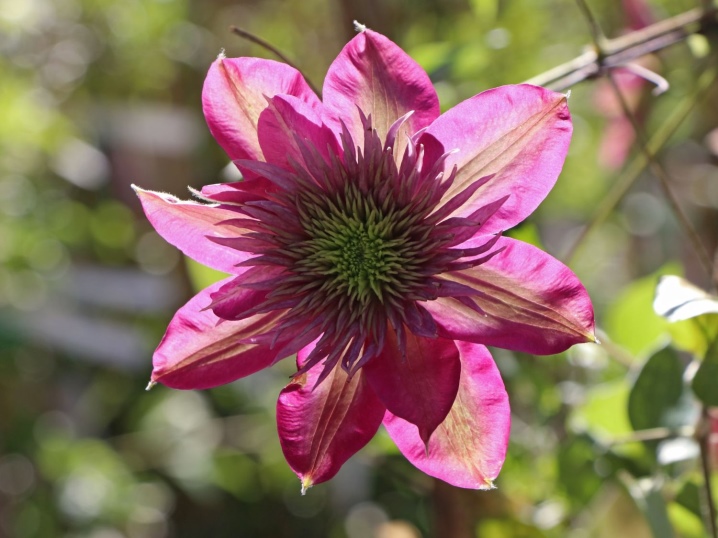
Landing rules
As a rule, clematis are purchased in the form of a seedling with a closed root system, and Kaiser is no exception. It is also possible to grow them from seeds, but then the process will be more time-consuming and laborious, and the result will be less predictable. You should buy seedlings from trusted sellers, and when planting, observe all the necessary conditions so that the plant takes root and pleases with flowering every year, especially since the cost of varietal planting material is not the lowest.
The choice of location is of paramount importance. "Kaiser" needs a well-lit area, but in the year of planting it will need to be protected from direct sunlight, that is, slightly shaded.
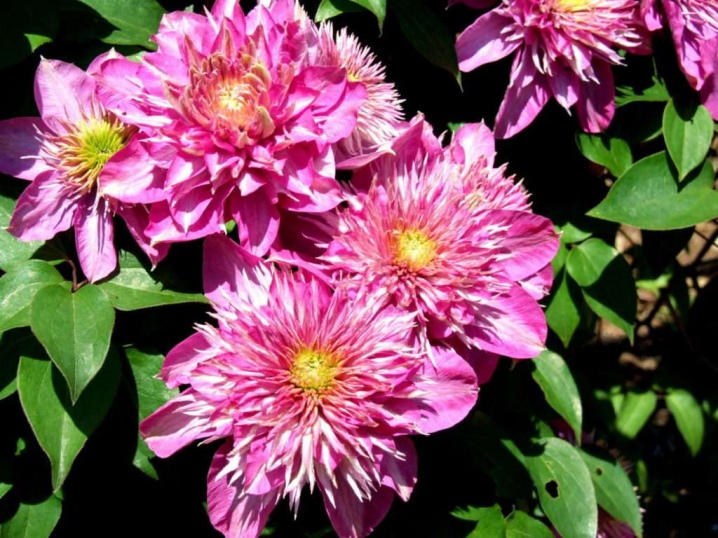
This clematis grows well in light, fertile soils with a pH close to neutral. If the soil in the area is loamy, it should be loosened by adding, for example, sand before planting. With a close standing groundwater, it is worth taking care of good drainage, since "Kaiser" does not tolerate excessive dampness and stagnant moisture. The planting process is as follows.
- First of all, you need to prepare a planting pit with a depth of about 0.6 m, a diameter of about 0.7 m. At the same time, the distance to other large plants should not be less than 1.5 m. A drainage in the form of broken brick or expanded clay is placed at the bottom of the pit. About a third of the pit is filled with a fertile substrate, consisting of humus and loamy soil.Organic fertilizers and superphosphate (100 g) can be added.
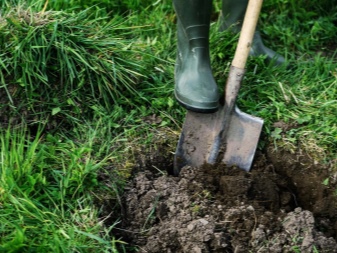
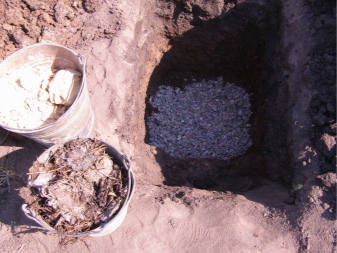
- If there is a marque marking on the package with a seedling, this means that the root system has been well moistened and cooled for better storage. Such material does not require additional preparation. If there is no such marking, then the roots of the plant must be kept in a container with water for 20-30 minutes before planting.
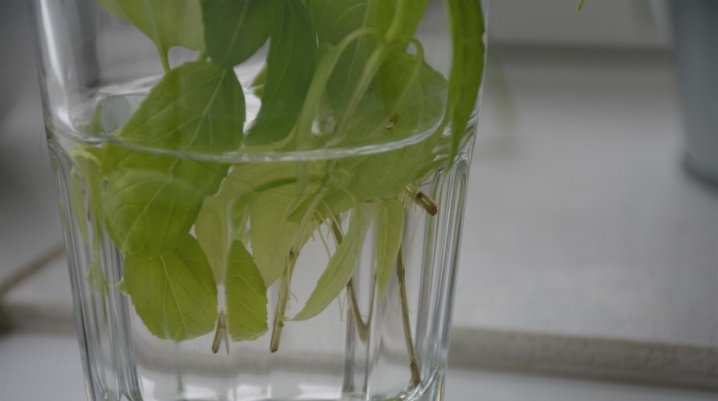
- The soil is poured into the pit in the form of a mound, along which the roots are then carefully straightened. They are covered with the remaining substrate and the soil is slightly compacted. Clematis is planted so that 1-2 pairs of buds are in the ground. This is insurance in case of freezing of the top - if such a nuisance occurs, new shoots will form from the buds sleeping in the ground.
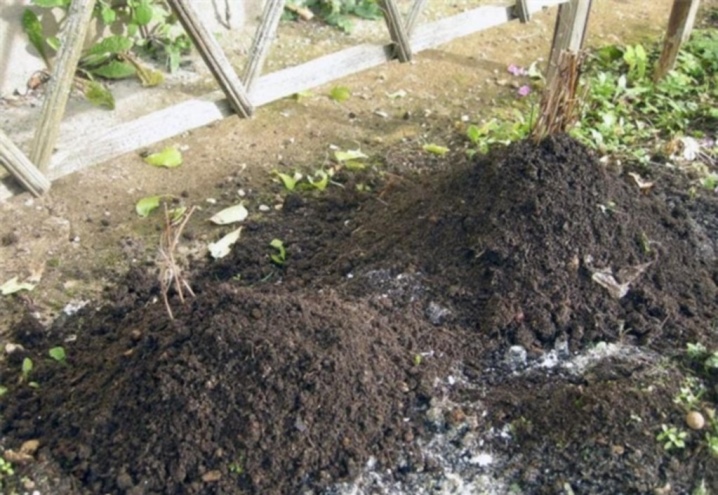
- A hole of 10-15 cm should remain unfilled. During the growing season, the soil is gradually poured as the stems become lignified.
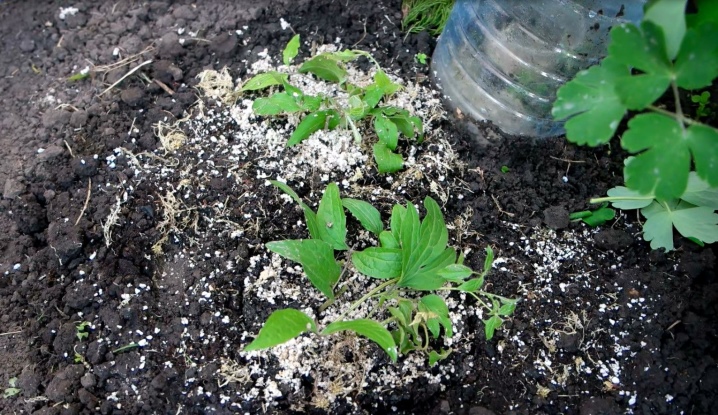
- The plant needs to be watered abundantly. In the future, the "drinking regime" will depend on the weather.
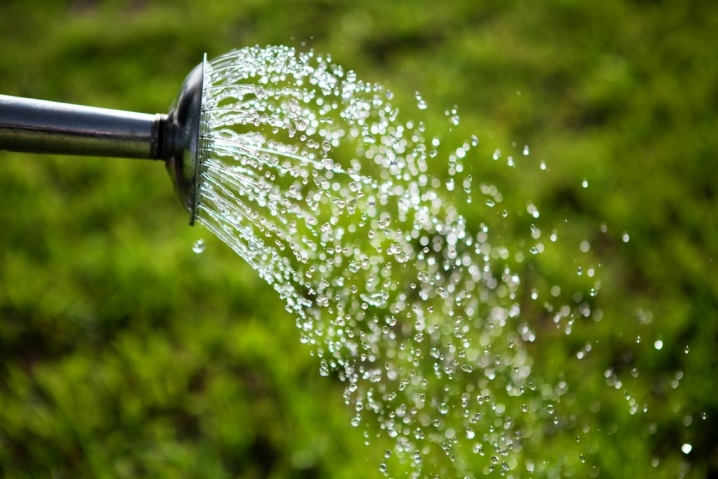
- Immediately after planting, the shoots are shortened, leaving no more than 2 pairs of buds. When the seedling grows a little, the procedure should be repeated. So he will form a developed root system and accumulate more strength for further growth and wintering.

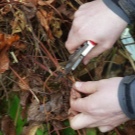
- When the pit is completely filled with soil, the space around the plant must be mulched, for which you can use chips or sawdust. "Kaiser" loves light and heat, but its root system does not tolerate overheating. Instead of mulch, the clematis “legs” can be covered with leaves of perennial herbaceous plants, by planting shade-tolerant hosts, heucheras or bells nearby.
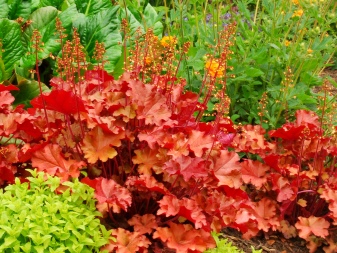
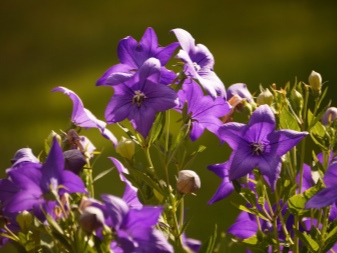
- You need to take care of the support immediately, since clematis grows very quickly, does not require further transplantation and can decorate the site in one place for 20 years or even longer. Although the plant is well fixed on any vertical supports on its own, it is worth examining it every 2-3 days and tying up free shoots so that they do not break.
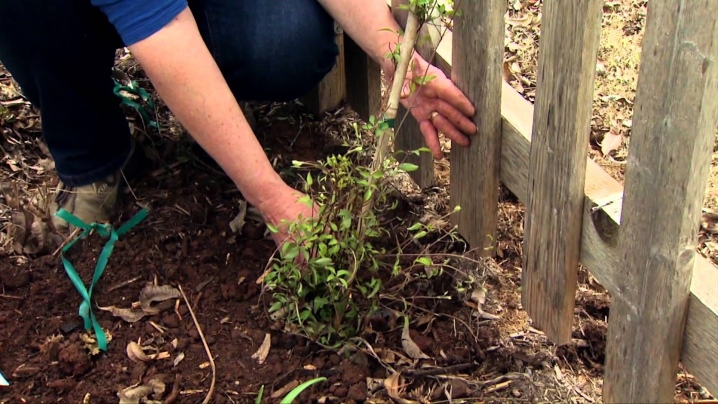
The best time to plant is spring. In warmer regions, you can plant in April, in mid-latitudes you need to wait until May. Over the summer, the seedling will get stronger and will be able to winter well.
Follow-up care
Kaiser is quite picky about leaving. To see it in all its glory, you have to follow some rules.
Watering
Clematis is very sensitive to moisture stagnation, so watering should be done strictly in accordance with the weather. When the ground dries out by 8-10 cm, then it's time to water. The amount of water should be sufficient to moisten the soil layer to the depth of the entire root system. In a rainy summer, to avoid root rot, it is worth digging drainage grooves for excess water.
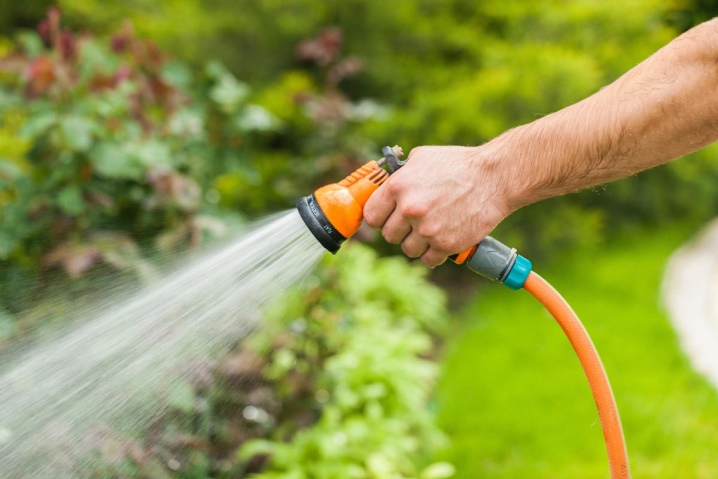
Top dressing
It is recommended to feed "Kaiser" about 1 time per week, it responds to this very well, forming more large flowers. You can apply both organic (humus, ash) and special mineral fertilizers for flowering vines.

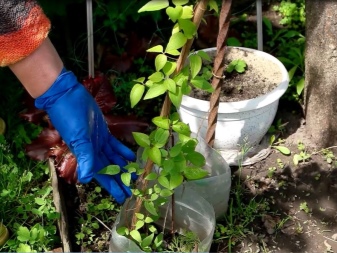
Trimming group
All clematis are divided into three groups according to the intensity of pruning. "Kaiser" refers to the second, that is, you do not need to cut it too much. But nevertheless, this process should be given due attention:
- after the end of the first wave of flowering, it is recommended to cut off all last year's shoots;
- before wintering, shorten the stems by about a third;
- after winter, sanitary pruning should be carried out and all damaged branches removed.
For a first year plant, there is a special recommendation: keep one of the strongest stems. This will enable clematis to gain a foothold in a new place.
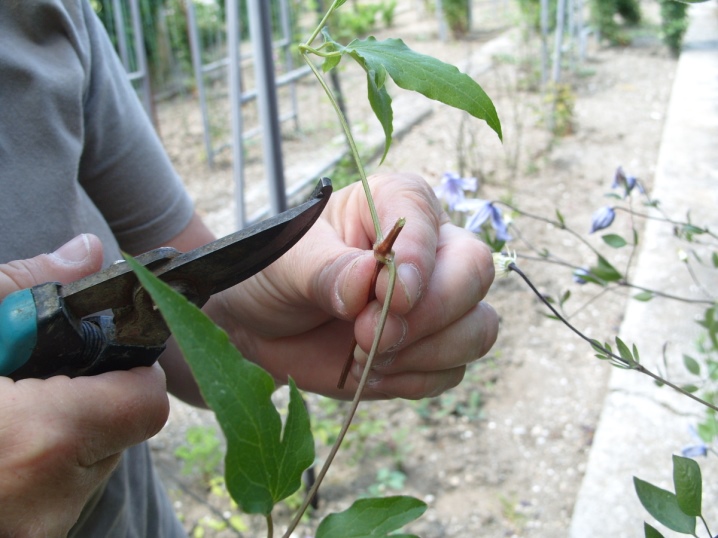
There is also a universal way of pruning such vines, when the shoots are cut out at the root through one. It also applies to the Kaiser. Plants of this variety are highly branching, so thinning will benefit them.
Disease and pest control
Clematis often suffer from rot and fungal diseases. The best prevention of such will be the observance of the rules of planting and care. Waterlogging of plants should be avoided.Although they do not like drafts, free air should be available both to the roots and to the stems. To do this, you need to periodically loosen the soil, as well as correctly and timely pruning.
Slugs and snails do a lot of harm to clematis. To prevent this, you need to periodically inspect the plants. Found pests can be simply collected and destroyed.
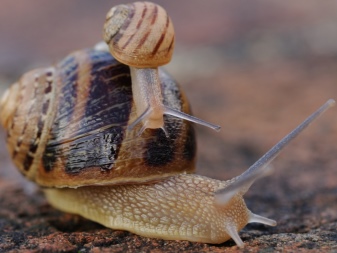
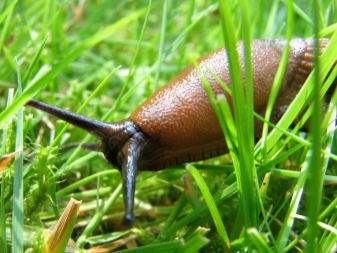
Unfortunately, it is unlikely that you can do the same with nematodes, aphids or spider mites. With their invasion, it is often necessary to eliminate the entire bush. Therefore, at the very first signs of the appearance of these pests, plants should be treated with insecticidal preparations. And it's better not to wait and for prevention in early spring before flowering, spray the plants 2-3 times with an interval of 10 days, for example, "Envidor" or "Bi-58".
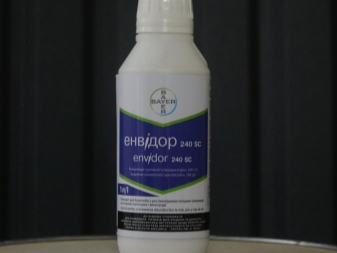
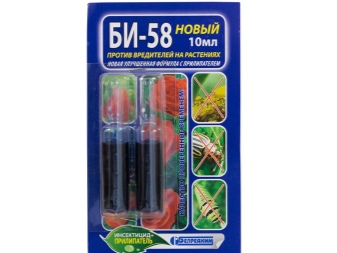
Preparing for winter
"Kaiser" is considered a frost-resistant variety, but in the middle zone of our country it winters well only with shelter. At the same time, the plant can grow out, and the process of winter protection should also be taken with full responsibility. They cover clematis when the air temperature drops to -5 ° C and the soil begins to freeze. The bush is removed from the support and carefully laid on a layer of spruce branches or dry foliage, covered with the same material on top and covered with a layer of peat or sand. The thickness of the entire shelter should be approximately 15 cm.


If the winter turns out to be very frosty, the protection will need to be strengthened. Then the bush is covered with a wooden box on top, and additional small bags with straw or sawdust are placed on it. The box can be replaced with a frame on which additional insulation will be held. When using synthetic materials, openings should be left for ventilation of the entire structure.
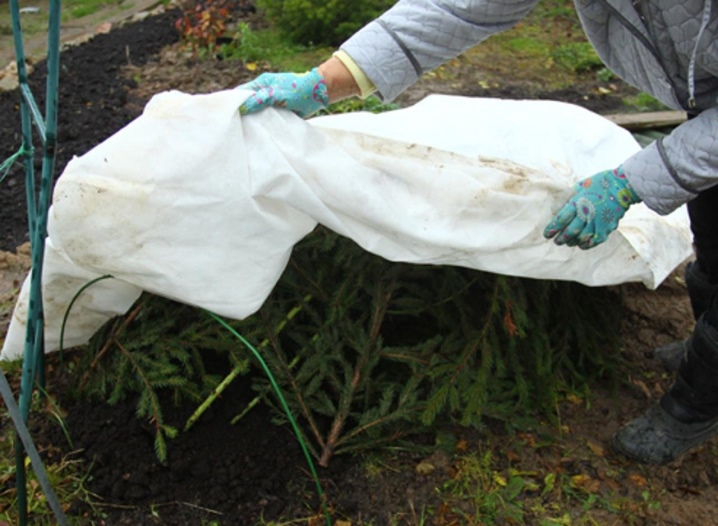
Reproduction
Clematis can be propagated by cuttings and dividing the bush. The first method is more time consuming:
- with a sharp knife or pruning shears, a ripe shoot is cut off about 70 cm long;
- the green top is removed, leaving a couple of buds;
- large leaves are cut by a third;
- a cut of the stem is placed in a solution of a root formation stimulator, for example, "Kornevin", for at least an hour, you can simply sprinkle it with powder without dissolving it;
- cuttings are rooted in a loose substrate with a lot of sand, vermiculite can be used.
There is an alternative option - cuttings.

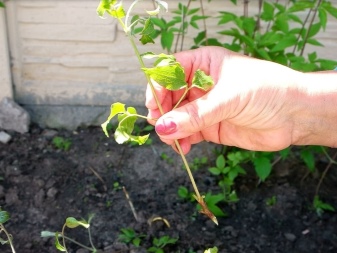
If in the fall a curled-up shoot with 2-3 pairs of buds is buried to a depth of about 10 cm and the soil is kept moist until frost, and this place is covered for the winter, then a new clematis bush will grow in spring.
Reproduction by dividing the bush is an easier way. In this case, clematis should only grow enough. Then part of the bush is separated with a shovel and transplanted to another place.
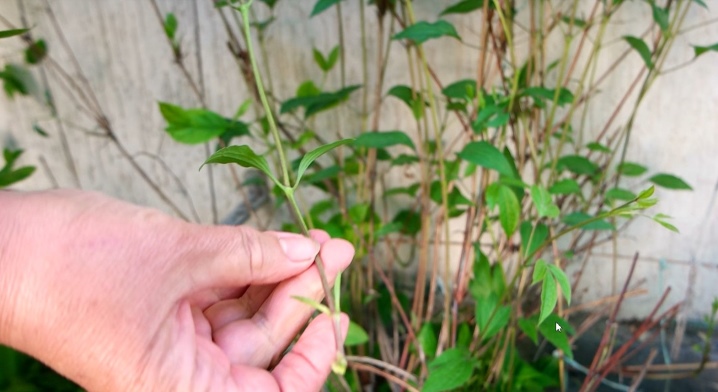
Review overview
Abundantly blooming Kaiser clematis leaves no one indifferent. Many gardeners have already purchased and successfully grow this variety. But for beginners it may seem rather difficult, since the “Kaiser” cannot be called completely unpretentious. In general, there are much more positive reviews than complaints about his whims.

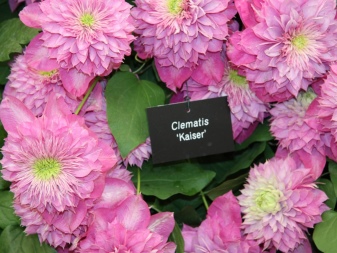
Examples in landscape design
"Kaiser" as a blooming liana is able to decorate any vertical surface, it can be placed on a fence or wall of the house. Such clematis can become an accent of a flower arrangement if it wraps around a post or obelisk in the center of the flower bed. It will add charm and comfort to your favorite gazebo. You can create a flowering arch at the entrance or even a whole arcade along the path, if you install supports of the appropriate shape and plant a Kaiser near them. For the company, clematis of other varieties or climbing roses are suitable for him.
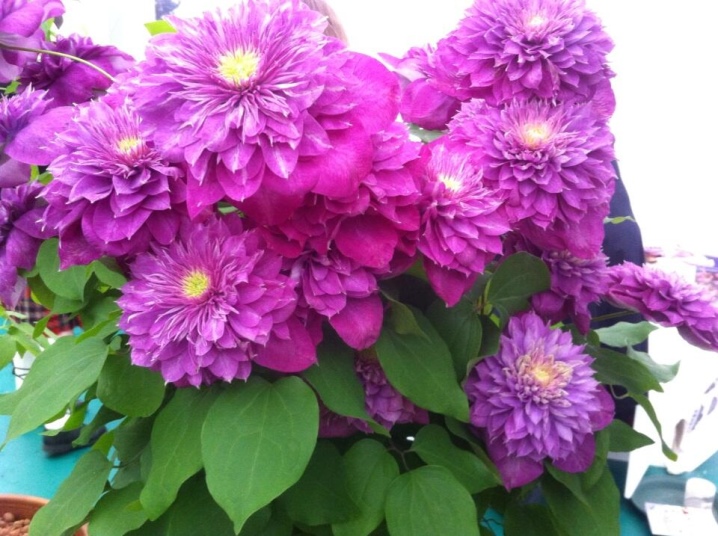
Besides, "Kaiser" is grown even in containers. Then you get a lush bouquet that blooms for a very long time, which can be rearranged at will, adding variety to the design of the site or veranda.
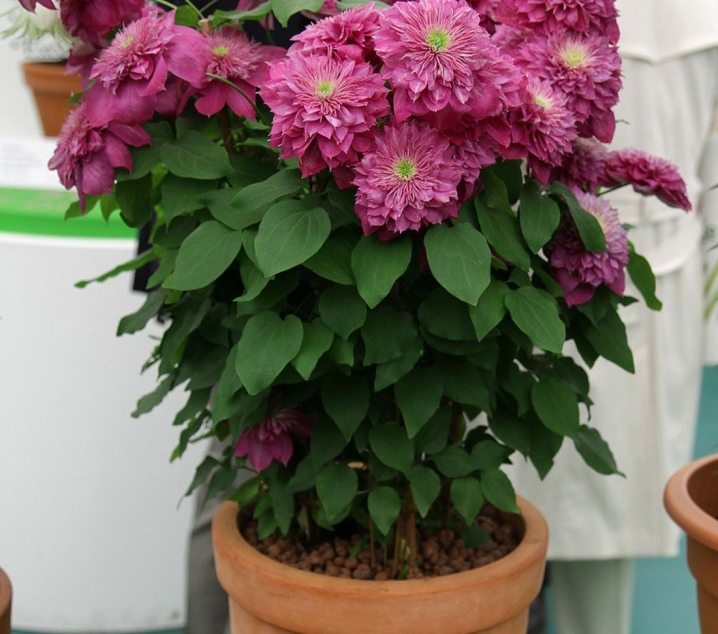
For an overview of Kaiser clematis, see below.







































































































The comment was sent successfully.